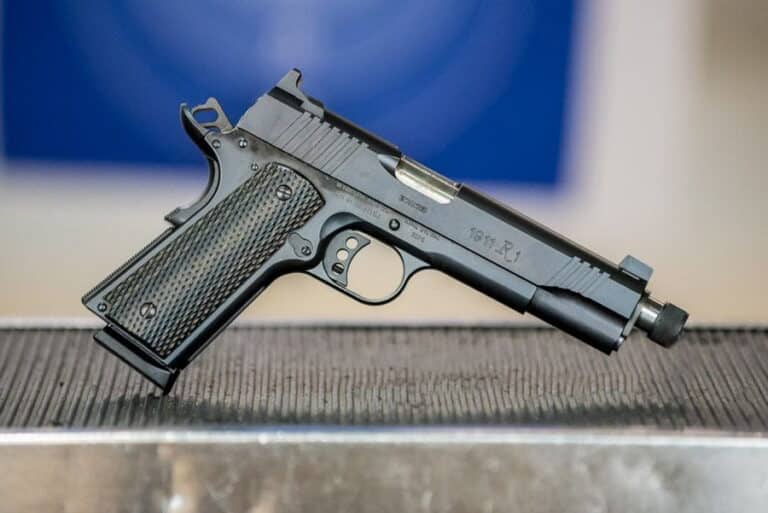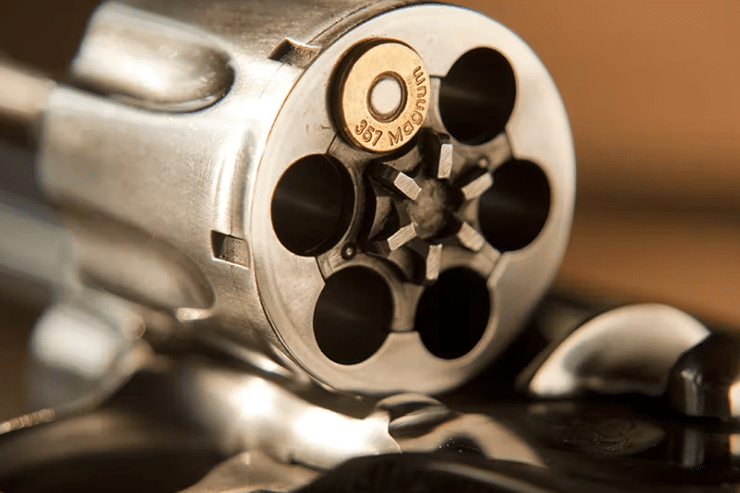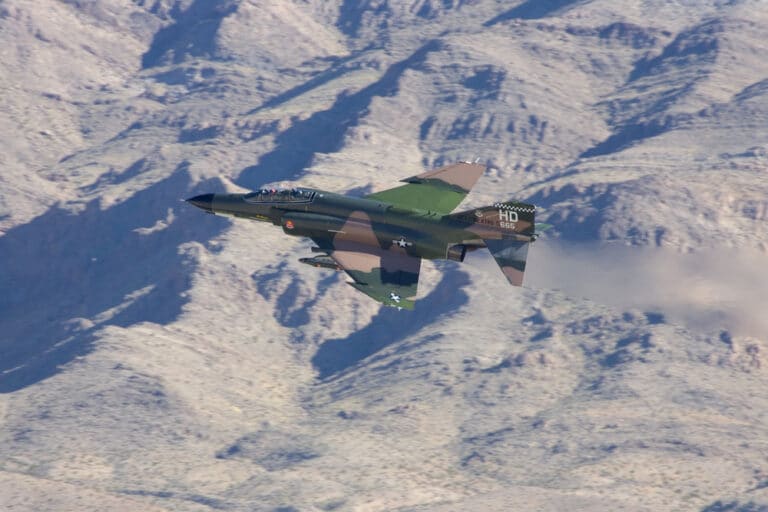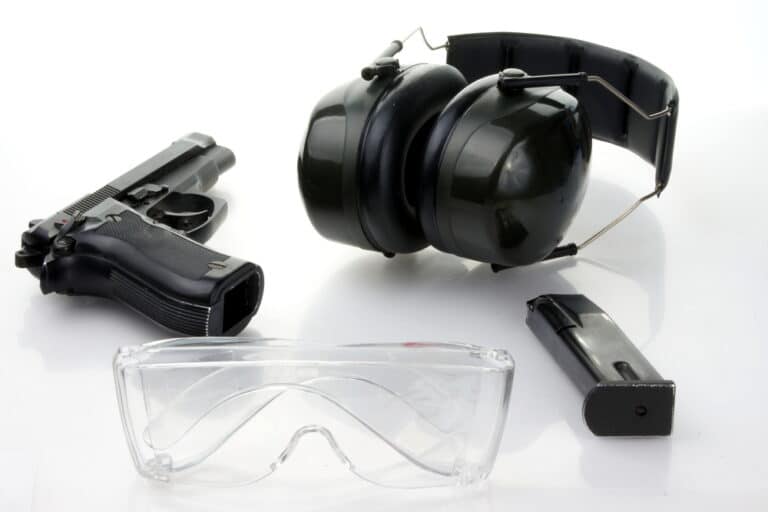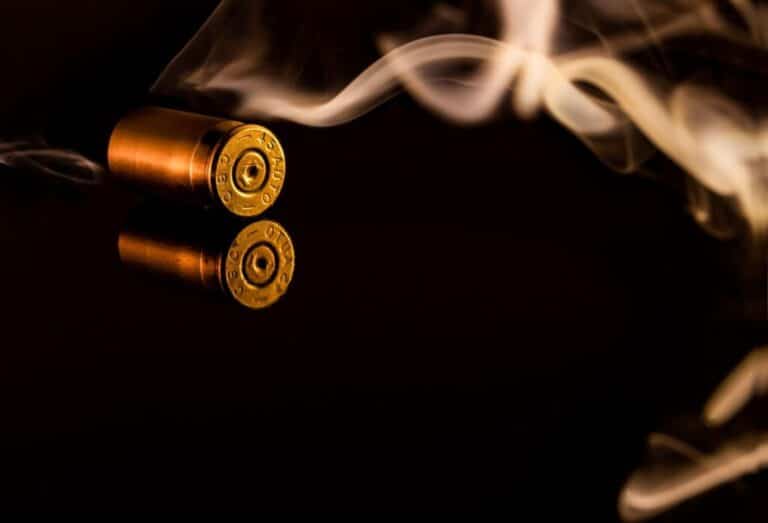A Guide to Understanding Handgun and Rifle Calibers
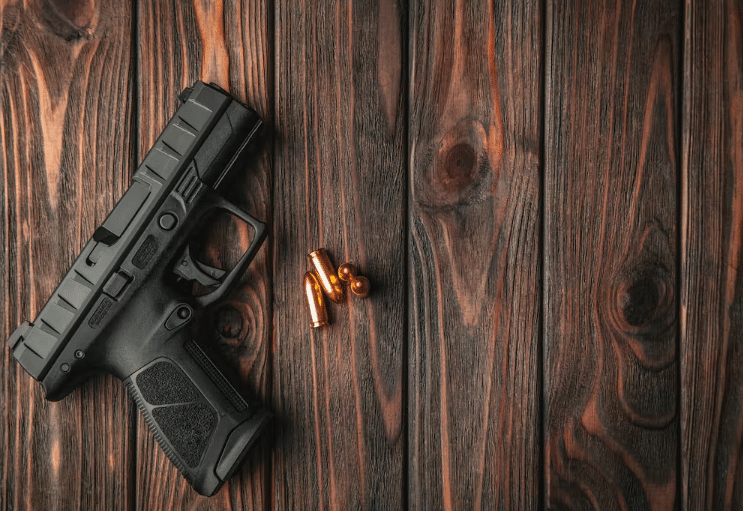
If you’re new to shooting, there’s quite a bit of gun terminology to get familiar with, and some of it can be difficult to understand. Whether it’s a magazine versus a clip or the finer points of ballistics, the lexicon of firearms is extensive.
One of the most important topics you’ll come across is the caliber of a gun. Understanding rifle calibers and handgun calibers is crucial to becoming a better marksman. Our Las Vegas shooting instructors share what you need to know about calibers and how they affect your shot.
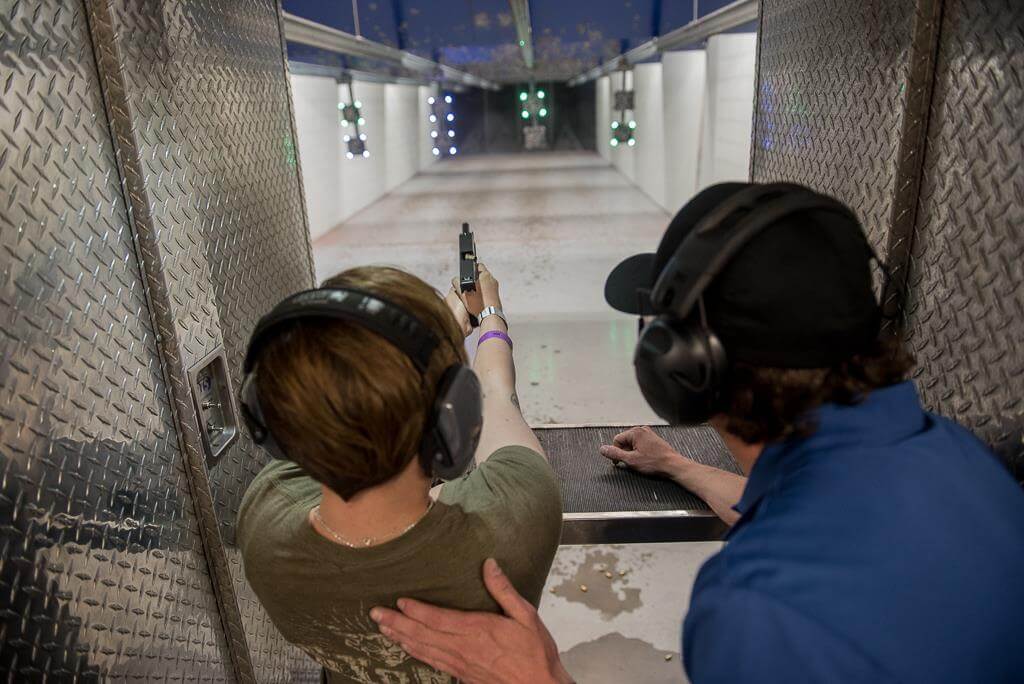
What Is Caliber?
An accurate caliber definition is simply the internal diameter of a firearm. Caliber also describes gun and rifle ammunition sizes that must fit properly inside the gun barrel. Weapon calibers define just the size of a single metal projectile, not necessarily the entire cartridge, including the outer casing, gun powder, primer, and ammunition.
Step up your shooting game with a 1:1 training session at The Range 702 in Las Vegas!
Is There a Difference Between Handgun and Rifle Ammunition Caliber Sizes?
Yes, there is a difference. Specific cartridges are designed for certain types of guns. The barrel stamp on the firearm indicates the ammunition required for that particular gun.
If you cannot find the barrel stamp, take the gun to a qualified arms dealer to ensure you are using the correct caliber for your firearm. Even though calibers may be the same, they are not interchangeable between different gun types.
How Is the Caliber of a Gun Measured?
One of the reasons caliber measurement can be slightly confusing to newcomers is that both metric and imperial units define ammunition diameters. For example, a .22 is based upon the imperial measurement system, meaning its diameter is 0.22 inches. However, the 9mm uses the metric system with the lowercase “mm” after a caliber denoting millimeters.
Why are both used? The reasons are varied. Some of it has to do with what country the bullet originated from and what measurement system they use. Other times, it has to do with what year it became officially adopted for use, or it is just an outlier.
For instance, take the standard 30.06 round (spoken as “thirty-aught-six”). The “thirty” is the caliber of the bullet in inches (0.30), and the “aught six” is because the United States Army officially adopted it in 1906. The bottom line is that both metric and imperial are widely used, so it’s best to be familiar with both.
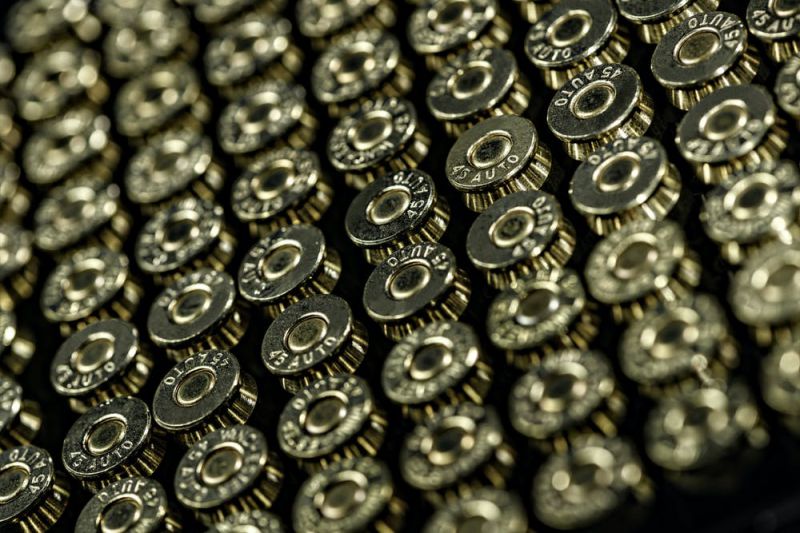
Check out various calibers for yourself at The Range 702. We have an extensive variety of firearms and ammunition to help you find your best shot.
Common Gun Calibers
Depending upon the desired usage (hunting, personal defense, shooting range practice, etc.), choosing the right caliber for you will vary. The most common calibers among gun enthusiasts generally fall into one of these categories:
- .22 caliber (most popular rifle caliber1)
- .30 caliber
- .35 caliber
- .38 caliber (9mm is the most popular handgun caliber)
- .45 caliber
There can be a wide variety of cartridges within each of these sizes. For example, looking at just .30 caliber examples, we have such popular variants as:
- .300 Winchester Magnum
- .30-06 Springfield
- .308, .30-30 Winchester
- .303 British
- 65mm Browning/32 ACP
- 62x25mm
Caliber Considerations for Shotguns
Unlike rifles and handguns, the caliber of a shotgun is measured in gauge. You calculate the gauge of a shotgun by the number of lead balls equal to the diameter of the gun barrel needed to make up a pound of lead. For example, it would take ten lead balls with the same diameter as a 10-gauge shotgun barrel to make one pound of lead.
The other thing a beginner should know about shotgun gauges is that a shotgun cartridge is typically referred to as a “shell.” Instead of one metallic projectile in the form of ammunition, a shotgun shell has numerous projectiles collectively referred to as “shot” and comes in several varieties.
Lastly, the lower the gauge number, the bigger the caliber of the shell. The most common gauges are 10 and 12 but go as low as 4, and the smallest gauge you will typically find is 28. But just to add one more exception to the rule, the smallest shotgun shell caliber is denoted by a standard imperial notation—the .410 caliber.
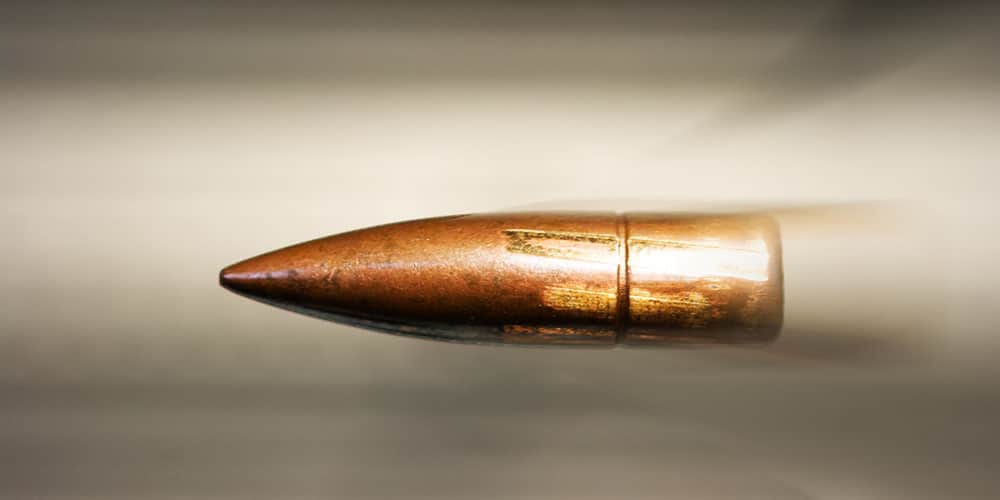
Get expert advice and training at The Range 702. We’ve got answers to your questions for every level of experience.
How To Choose the Right Caliber for Your Use
The type of shooting you are preparing for will determine the caliber size you need. Here are some factors to keep in mind.
- Target – Whether your target is big game, small game, or a stationary object, each purpose affects the caliber you’ll need. It ultimately comes down to the shooter’s preference, but if you are a beginner, it’s a good idea to get advice from a professional since there are numerous options.
- Cost – You’ll notice that the quality of the materials in the ammunition affects the price. While it’s not necessarily related to caliber, it will likely come into play when purchasing ammunition for your firearm.
- Distance – Long-distance shooting requires a different size caliber than closer targets. Lighter projectiles travel faster, while heavier projectiles are slower but have more energy over longer distances.
Finding the Right Caliber at The Range 702
The best way to understand calibers is to try them out for yourself! Here at The Range 702 in Las Vegas, we’ve got just about every caliber under the sun for you to experiment with at the largest indoor shooting range in the entire state of Nevada. Book one of our thrilling shooting experiences today!
RELATED: How To Improve Your Shooting Accuracy as a New Shooter
Sources:
1Hung, E. (4 October 2019). Rifle Caliber Guide [Definitive Guide+Videos]. Pew Pew Tactical. Retrieved 26 February 2022.

